 |
| Poetry on Hue royal architecture is the third documentary heritage of the Nguyen Dynasty to be recognized as a World Documentary Heritage in 2016. Photo: Minh Duc/VNA |
Vietnam currently has 9 documentary heritages recognized by UNESCO (including 3 world documentary heritages and 6 Asia- Pacific documentary heritages). They are "Nguyen Dynasty Woodblocks"; "Doctoral Steles at the Temple of Literature - Quoc Tu Giam"; "Nguyen Dynasty Royal Records"; "Vinh Nghiem Pagoda Woodblocks"; "Poetry and Literature on Hue Royal Architecture"; "Phuc Giang School Woodblocks"; "Hoang Hoa Su Trinh Do (The Journey to China as an Envoy)"; "Ghost Stele at Ngu Hanh Son, Da Nang" and "Han Nom Documents of Truong Luu Village, Ha Tinh (1689-1943)".
Truong Luu village (Kim Song Truong commune, Can Loc district, Ha Tinh province) owns 3 documentary heritages recognized by UNESCO. They are “Phuc Giang school woodblocks”; “Hoang hoa su trinh do” (The journey to China as an ambassador) and “Han Nom documents of Truong Luu village, Ha Tinh (1689-1943)”.
Professor, Ambassador Nguyen Huy My, 16th generation descendant of the Nguyen Huy family in Truong Luu village, shared information about protecting and promoting the value of heritage. With "Phuc Giang School Woodblocks", at the end of 2016, after being honored, the Family Committee planned to translate and transcribe documents from 12 printed books. This work requires experts to print, transcribe, translate, and digitize the heritage. There are currently 383 copies of Phuc Giang School Woodblocks, carefully preserved at the Nguyen Huy family's home. "Hoang Hoa Su Trinh Do" has published 4 related books, and was published in English at the end of 2018. The Nguyen Huy family also participated in many exhibitions at the Temple of Literature ( Hanoi ), Hoi An (Quang Nam), made many reports, and gave talks to introduce the heritage. In particular, the work of cleaning the woodblock warehouse and drying and preventing moisture from the “Hoang Hoa su trinh do” is carried out regularly to best preserve it. Regarding Han Nom documents, some original documents have also been introduced to the public...
Thua Thien - Hue also has 3 documentary heritages recognized by UNESCO, including "Poetry and literature on Hue royal architecture" - also known as "heritage within heritage". According to statistics, poetry and literature on Hue royal architecture has a total of 2,547 poetic units (calculated by poetic square units) carved, inlaid, painted, enameled, embossed... on various materials such as wood (2,386 units), enamel (109 units) and porcelain (52 units) of 10 main monuments belonging to the Hue Monuments Complex...
Dr. Phan Thanh Hai, Director of the Department of Culture, Sports and Tourism of Thua Thien - Hue province, shared: Relevant units have made efforts to promote and introduce the value of this rare and unique documentary heritage through mass media, printing brochures, publishing books as gifts... From there, the public understands the value of the content and meaning of the poetic and literary resources on Hue royal architecture, serving the research of history, culture and customs. Many seminars and discussions have attracted managers and researchers of Han Nom culture to contribute ideas on preserving and promoting values, while promoting digitalization to preserve the poetic and literary heritage on Hue royal architecture...
On the occasion of Vietnam Cultural Heritage Day (November 23) this year, the National Archives Center I (Department of State Records and Archives) and the Hue Monuments Conservation Center jointly exhibited "Cau Ban of the Nguyen Dynasty - Memories of a Dynasty". The exhibition introduces to the public hundreds of pages of unique documents and typical artifacts, many important documents are published for the first time. In particular, the impressive design space combines projection technology and installation art to contribute to honoring the value of documents and artifacts, bringing viewers a vivid experience. Visitors can directly interact to learn and discover more useful and interesting historical information from the Chau Ban, especially students, enriching their knowledge of history, culture...
The Royal Decree is the only original administrative document in Vietnam and one of the few in the world that still preserves the direct approval of the emperors on the document. This is also a unique documentary heritage, an original and of outstanding global value. In 2014, it was recognized by UNESCO as a Documentary Heritage of the Asia- Pacific Memory of the World Program; in 2017, it was a World Documentary Heritage.
Building content on documentary heritage in the Law is necessary
 |
| Tourists visit the "Doctor's Stele at the Temple of Literature - Quoc Tu Giam". Photo: Thanh Tung/VNA |
Currently, our country has two documentary heritage dossiers being nominated for the list of World Documentary Heritage for the 2022-2023 period, which are "Nine Cauldrons of Hue Imperial Palace" and "Collection of documents of musician Hoang Van".
Documentary heritage is a type of cultural heritage but has not been regulated by any law in our country's legal system. This heritage in localities, families and clans is very diverse in types, documents, potential documents, but also at risk of fading away and disappearing. The loss and misplacement of valuable documents is due to many historical reasons such as war, natural disasters, natural conditions (weather, insects, mold) ... and also due to limitations in awareness. The replacement of feudal dynasties is also the reason why some valuable documents are destroyed ... Therefore, documentary heritage needs to be inventoried, protected, promoted and unified in management. Therefore, the construction of a new chapter in the Draft Law on Cultural Heritage (amended) is extremely necessary.
Professor, Academician Nguyen Huy My stated: The most prominent point of the revised Law on Cultural Heritage is that it has included documentary heritage together with tangible and intangible heritage. With tangible and intangible cultural heritage, the issues of rights, obligations and responsibilities of the owner are inherited from the old law, while documentary heritage is completely new, so there are many issues and the solution methods are also somewhat different.
According to him, documentary heritage can be said to be quite new to the community, so propaganda, so that people understand, protect, nominate titles and preserve and promote values is important. Currently, descendants of families in Nghe Tinh, such as: Nguyen Huy Truong Luu family, Ha family in Tung Loc, Can Loc, Ha Tinh, Nguyen Trong family in Trung Can, Nam Dan, Nghe An ... have been doing a good job of protecting and promoting the value of their family's documentary heritage. However, because the owners are private individuals, it is very difficult to access the state budget in preserving documentary heritage.
Therefore, he suggested that it is necessary to review Article 54 - Responsibility for managing, protecting and promoting the value of documentary heritage. Because currently, the honored documentary heritage is mainly under the management of the State and the pagoda, but the Han Nom heritage such as royal decrees, steles, and diplomas are mostly kept in family temples, private homes... For example, "Nguyen Dynasty Woodblocks" are kept at National Archives Center IV, "Nguyen Dynasty Royal Records" at National Archives Center I... Here, there is a team of highly specialized staff, funding from the State and sponsorship. As for privately owned documentary heritage, it is very difficult to have access to state projects. Thus, the Law needs to clearly state the responsibilities of localities and the cultural sector in this matter.
Many experts also commented: Documentary heritages such as “Poetry on Hue Royal Architecture” do not exist in Vietnam and are very rare in the world. Moreover, the poems and literature are mostly carved, engraved, painted, and molded in locations that are not convenient for people to directly access. The number of people who are capable of in-depth research on the documents is very small. At the Hue Monuments Conservation Center, there are also not many people who know Han Nom. Explaining to highlight the value of this document in Vietnamese is difficult, transcribing, translating, and conveying this information into specialized English is even more difficult.
In addition, the training of human resources for document preservation and restoration at training institutions in our country still lacks practicality. Therefore, when working in museums, libraries, and archives, it will take a long time to get used to it, and even require retraining. This is also a point that needs to be clarified when building the Law...
According to VNA
Source








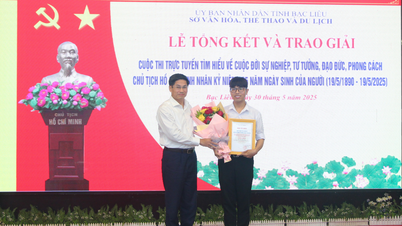


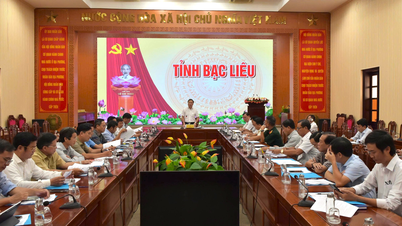
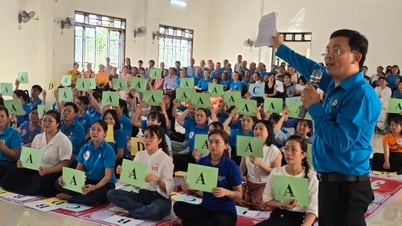






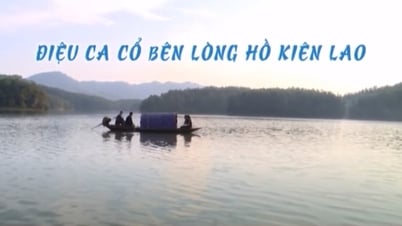




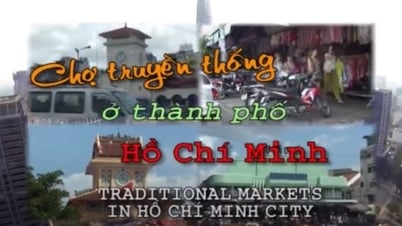




























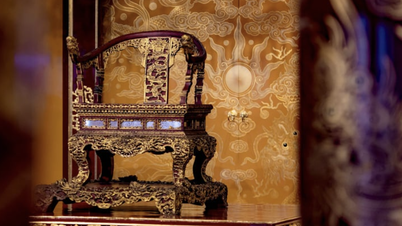
















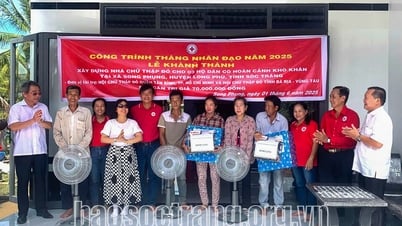



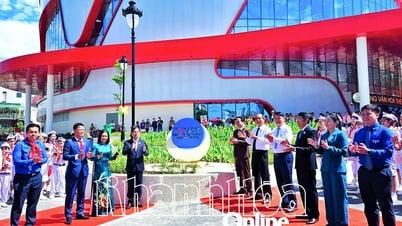
















Comment (0)